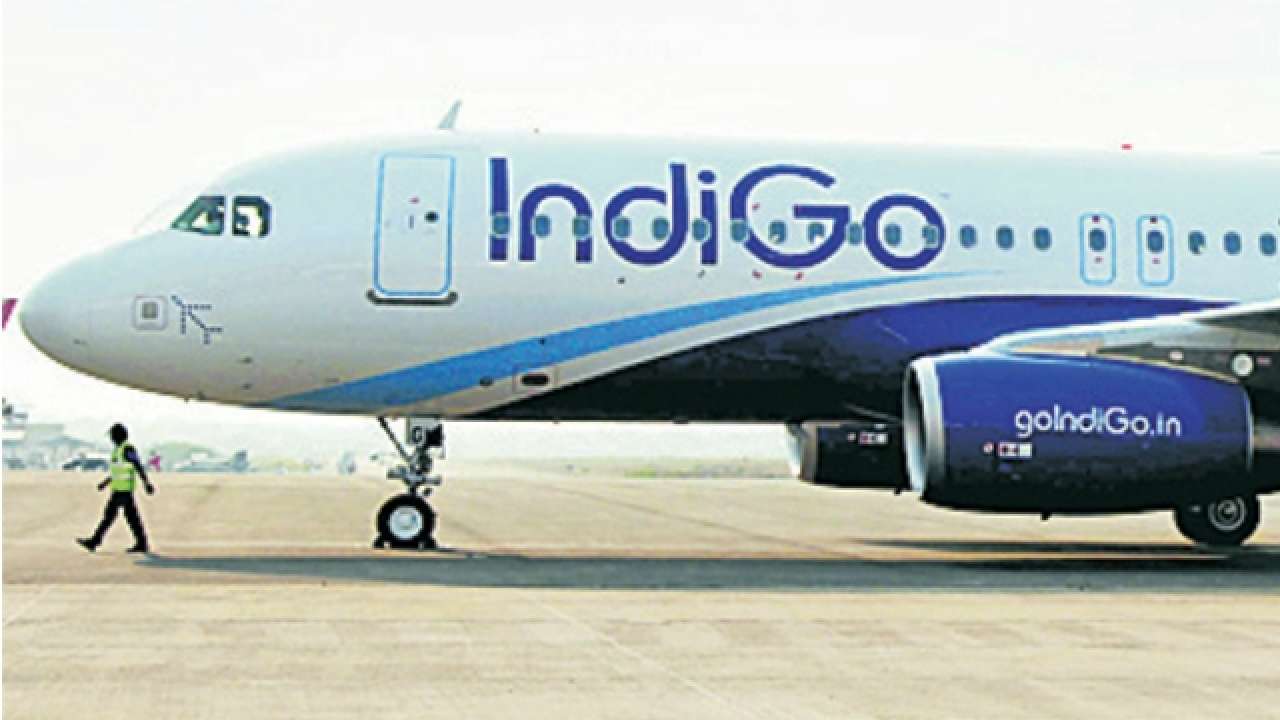
Q3 results: IndiGo on a roll but passengers on a wing and prayer
India’s largest domestic airline, IndiGo (Interglobe Aviation) beat the market’s expectations and turned in better-than-expected results for the third quarter of the current fiscal.

India’s largest domestic airline IndiGo (Interglobe Aviation) beat the market’s expectations and turned in better-than-expected results for the third quarter of the current fiscal.
But that is only one part of the story.
Its struggle with Pratt & Whitney engines continues to drag the airline down in the eyes of the passengers. The company still has no answers for the faulty engines which are fitted into its 100-odd A320 neo aircrafts. The regulator Director General of Civil Aviation (DGCA’s) deadline to fix them by January 31 has now been deferred as if it was a matter of filing tax returns.
One of the reasons for its above-average performance is simply because it flies to every conceivable destination across the country. The holiday season during the October-December quarter, which is seasonally a strong quarter, and of course, the grounding of Jet Airways has given the airline higher traffic.
Also read: In mega expansion plan, Indigo places order for 300 Airbus jets worth $33 bn
During the previous quarter, IndiGo posted a loss of ₹1,062 crore, its highest-ever loss since it went public four years ago. However, it has ticked all the right boxes for the third quarter ending December 2019 with the airline returning to black posting a net profit of ₹490 crore, average yields, a measure of average fare per passenger per kilometre, growing to ₹3.9 per km compared with ₹3.8 a year ago.
Passenger load factor, which tells us the number of seats occupied by a paying passenger per aircraft rose to 87.6 per cent compared with 85.3 per cent. All these figures show a creditable performance from the airline, though one must take into consideration the increase in other income (income generated out of operations which are not part of the main business) which grew 27 per cent to ₹399 crore.
The revenues grew 25 per cent year over year (YoY) due to an improvement in yields (plus 10 per cent quarter over quarter [QoQ]) and higher ancillary revenues (plus 29 per cent YoY).
Also read: IndiGo to expand board; to have four independent directors
The engine maintenance costs are now settling at ₹1,600 crore/quarter and are expected to normalize once the older CEO planes are phased out over the next 2 years. The airline expects that during the subsequent quarters, most of its revenues will come from non-metros as demand in the large metros is maturing.
However, what remains to be seen is how tough the DGCA will get in case the airline is unable to adhere to fresh deadlines to replace all unmodified Pratt & Whitney engines in all of its 100-odd A320 neo aircrafts. Whether the DGCA may be forced to ground all of them will remain a big question mark.
The DGCA had, according to reports, allowed IndiGo to fly its aircraft on the condition that that one of the two engines fitted in the aircraft should have a modified one. But what if the “modified” engine, for some reason, also fails mid-air?
Also read: Why IndiGo promoters’ feud may be all about control
According to the European Union Aviation Safety Agency, its airworthiness report issued in December had observed that low-pressure turbine blades on a few P & W engines on A320 neo planes had low damage tolerance and could immediately “fracture,” or develop cracks on impact. In simple terms, the agency has warned that there is a possibility of potential dual-engine failure on these aircrafts.
It is pretty clear that IndiGo is banking heavily on DGCA’s large-heartedness to continue to operate its flights. The new deadline of May 31 to replace all faulty engines is still a few months away, but disasters don’t come with a timeline. The faulty engines, according to experts, cannot be fixed by software upgrades but need structural changes, and hence could take longer than expected to get them modified. It remains to be seen whether the DGCA runs out of patience before that.


